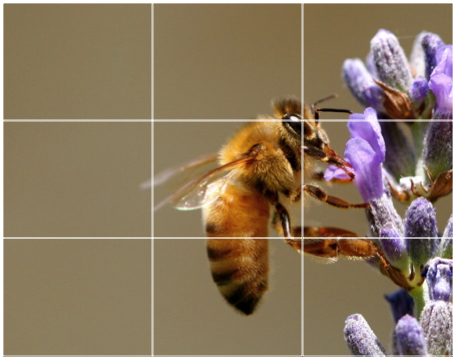
It seems like everyone today is a professional photographer- that once you've got enough money to afford a fancy SLR camera, you're automatically entitled to posting up the photos you've taken within the first half hour of purchase on your facebook page especially made to market yourself to all your contacts as an experienced professional ready for hire.
I guess this is why I've always been so skeptical about photography. It seems too much like an everyman's sport, like it doesn't involve as much skill, time and effort as laboriously sketching and painting a picture, or sculpting an image out of clay. Photography to me always seemed a necessary evil- something you had to do in order to capture an image of something that you needed to look at afterwards. I'm slowly (and reluctantly!), however, beginning to change my mind, thanks to the photography module of my multimedia course.
I'm learning, first off, that even though it looks effortless, photography is really time-consuming. Perhaps capturing a shot doesn't take as much time as painting the ceiling of the Sistine chapel, for example, but the attention to detail involved is the same. In order to capture your subject perfectly, you've got to ensure that you've got the correct lens, that the aperture is set to to the correct opening (larger apertures mean that the film or sensor is more exposed to light), that the appropriate lighting is available (especially if you plan on using natural light), and that the shutter speed is as you want it in order to achieve the desired effect (slow shutter speeds, for example, can capture the blurred effects of cars and lights moving at night). You've also got practical issues to consider- if you're using models, for example, whether they'll arrive in enough time for you to capture the last rays of sunlight before it starts to rain, and whether you've got permission for taking photographs in a specific location.
Good photography also employs the same visual principles as any good piece of art, such as employing the use of perspective (which adds depth to photos) and the rule of thirds, which is this idea that states that
images are more dynamic and appealing if the subject and lines fall within the lines of a box (as is shown below).
I also picked up some handy tips from class- it's useful, for eg, to save a photo in TIFF form as opposed to JPEG, because jpegs tend to lose some of the information with regards to the pixels in the photo when you convert images from RAW files off your camera. TIFF files preserves quality better than JPEGs do.
So, though photography may not be my medium of choice, I'm learning to respect it a bit more.
Also, I found
this pretty cool tutorial on making point and shoot images look as though they were taken with an SLR camera. I want to try it on the first image in the post, which is one I took for my individual assignment.












